14 Powerful Inbound Lead Generation Strategies
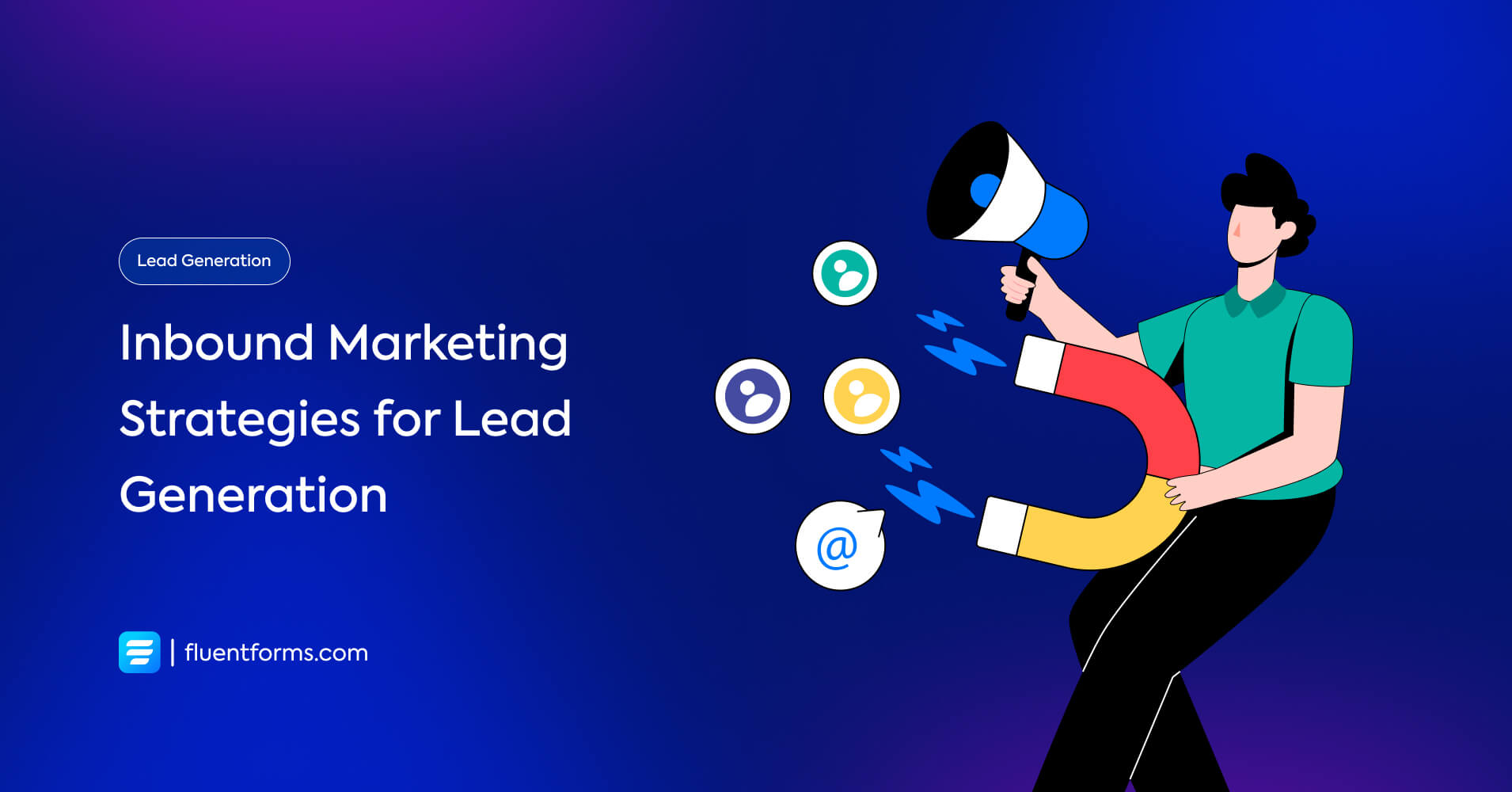
You write blogs for your site and post on social media, but no one engages with them. You have an email newsletter, and you’re sending out emails to whatever mail address you can get your hands on. Yet none of them are opening your emails or reaching out to you.
It seems to you, you’re doing everything that other businesses are doing. Unfortunately, your attempts are failing. So what are you missing?
Well, you’re doing everything you should. However, you’re not doing them the right way. You need strategies for lead generation through inbound marketing to get the most out of your marketing efforts. These strategies will help you move forward in a planned way.
With inbound lead generation strategies, you can nurture and guide your ideal customers by providing them value at each step of their buyers’ journey. By learning their pain points, you offer them solutions through your content and products.
Your audience finds you while looking for those solutions online and stays with your brand because of the value you provide. These people are your leads. And if you nurture them well, in time they will purchase from you when they need a product that you sell.
So let’s learn about lead generation through inbound marketing and what strategies you can follow to capture qualified leads without any further delay.
What’s inbound lead generation
Inbound lead generation is the process of attracting customers to your brand using targeted content.
You assess demographics, psychographics, and firmographics to find out who your ideal customers are. Then you find a mutual ground between their needs and your industry. Next, you create content that adds value to their lives.
Your audience finds this content online and discovers your brand. When they consider your content helpful enough, they subscribe to your newsletter or follow you on social media to get updates. This is how they become your leads. And if you nurture them well, when the time comes that they require a product you sell, they’re more likely to buy it from you.
There are two types of inbound leads. A marketing-qualified lead and a sales-qualified lead.
MQL (marketing-qualified lead)
An MQL is a prospect who expresses their interest in your content but is not ready to engage with your sales team yet.
SQL (Sales-qualified lead)
An SQL is a lead who expresses a direct interest in your products or is ready to make a purchase from you.
Understanding how inbound marketing generates qualified leads
In outbound lead generation, you reach out to your potential customers by means of cold calling, cold emailing, telemarketing, etc. Those people might not be interested in your products, since they didn’t come to you on their own. For this reason, you don’t always get proper value for money through these marketing efforts.
Inbound lead generation, on the other hand, is like hosting an open event where you offer value. And anyone interested in what you’re offering comes to you. They sign up to learn more, get updates, etc. Since they come to you, the chances of them staying with you are high. Therefore, you only have to nurture prospects who already like your brand for some reason. This guarantees that your marketing efforts are going in the right direction.
Inbound lead generation is even more effective in B2B businesses. Because B2B customers prefer to do their own research before making a purchase, they find you through the content you make available to them. If they find those contents valuable, they decide that you have enough industry knowledge and consider the features you offer while making a purchase.
Why your inbound marketing isn’t generating leads: 3 root causes
Inbound marketing is designed to generate leads. If you’re not getting a substantial number of leads from your inbound marketing efforts, you’re probably not doing it right. One or more of these three root causes should cover what you’re forgetting while attempting inbound lead generation.
1. You don’t understand your ideal buyer persona
Understanding the buyer persona is the first criterion of successful marketing. You must know which group of people would be interested in your product and then create content to attract that group. You study people of different ages, locations, education levels, income groups, etc to understand who your products suit best.
After you find the right demographic for your business, you create content targeting them. For example, young people prefer to watch different types of content on social media than old people. If your customers are students, you can create educational content, like how to do well in exams, how to solve a trigonometric problem easily, etc.
Once you start creating targeted content, check how the targeted audience engages with them based on their behavioral information. Behavioral information can be the number of website visits, emails opened or read, products purchased or left in shopping carts, etc.
You can use your customer’s psychographic data to analyze their behavior. Psychographics include motivations, values, priorities, lifestyle, opinions, personalities, etc.
If you own a B2B business, you need to look into your customer’s firmographics, such as the number of clients they have, their industry, geographical area, types of technologies they use, etc.
You need to process all of this information and get insight from it to understand who your ideal buyer persona is and to create valuable content for them. This way, you get better engagement with your content and ultimately generate more leads.
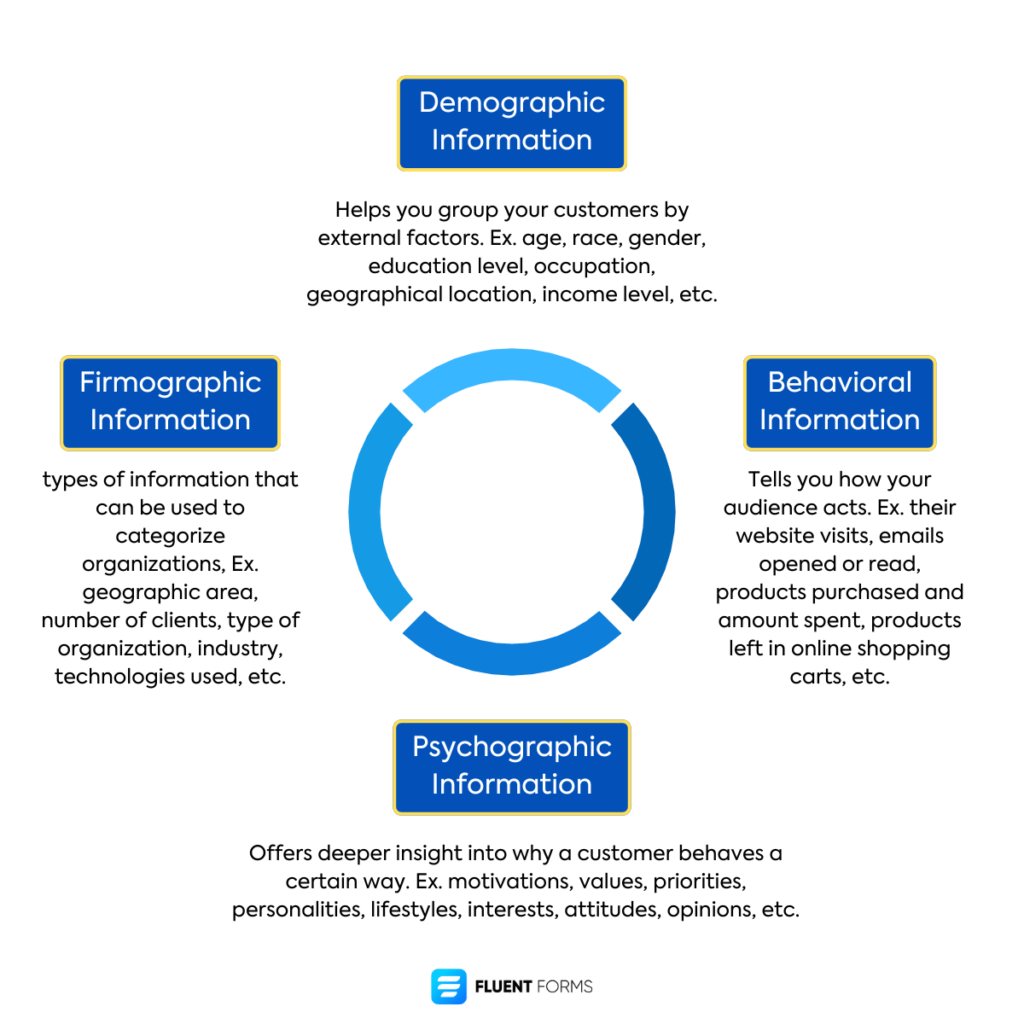
2. You don’t have a clear value proposition
Your products are amazing, but so can be your competitors’. This is a competitive world and only having amazing features doesn’t set you apart. Therefore, you need to have a clear value proposition that makes your audience choose your products over those of your competitors.
It can be about how you’d go the extra mile for them, how you’ll work with them to create a better future, how the same motivation drives you both, how you understand their pain points because you’ve been there and now you’re willing to help them, etc.
3. You don’t have an Inbound strategy
Inbound marketing isn’t about throwing content on the internet randomly. You have to do a lot more work than that.
You need to learn what kind of content your audience engages with the most, whether it is visual content, blog posts, audio content, etc. You have to find out which platforms your target customers frequent and take advantage of them.
Besides, you need a content strategy moving forward. This way you can easily maintain consistency. Plan the content distribution of a month at the start of the month. Keep a balance between different kinds of content, send out emails at regular intervals, post on social media regularly, etc.
Inbound marketing for lead generation strategies
Wondering what the inbound lead generation strategies are? Follow the ones mentioned here and you’re covered.
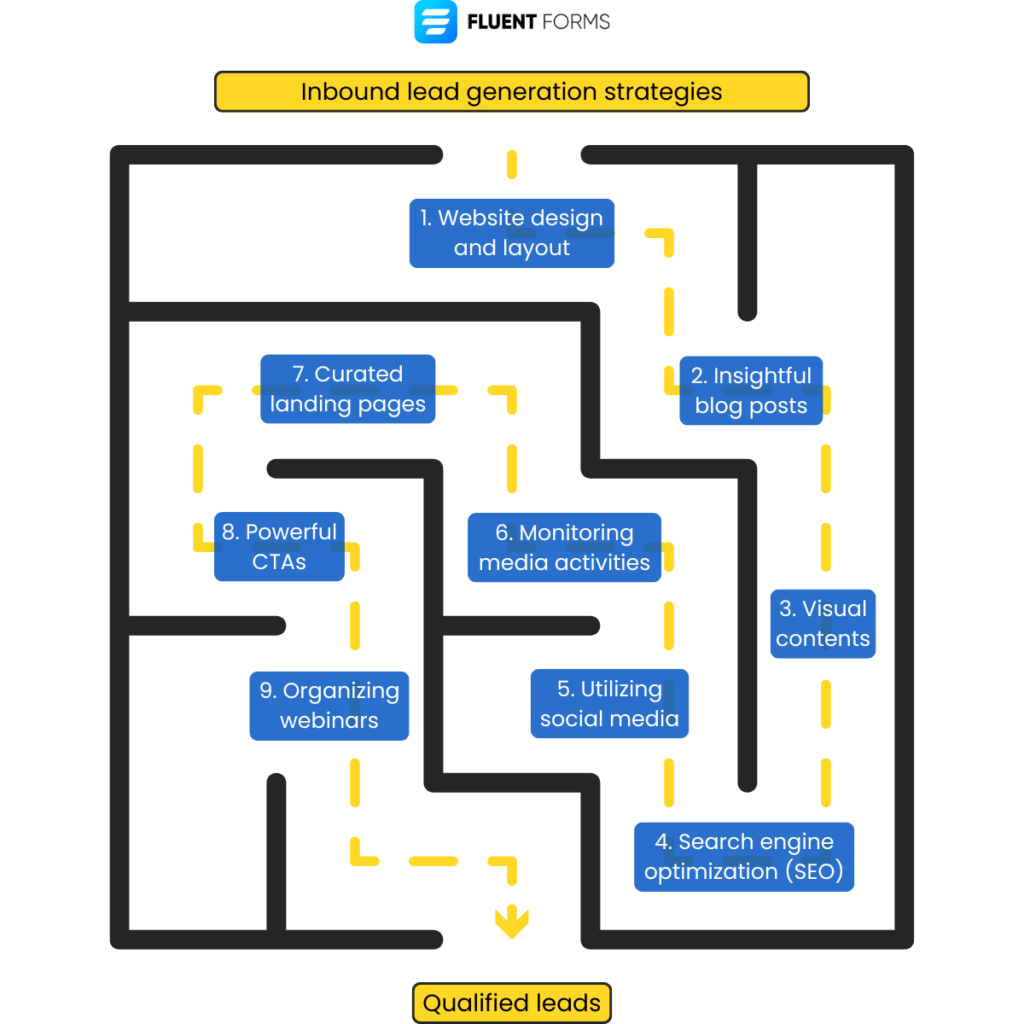
1. Website Design and Layout
Ever heard the phrase “dress to impress?” Well, your website carries that kind of impression. It’s where your audience visits to learn about your brand. So, make sure your website design and messages reflect your brand identity.
Use your brand color to create eye-catching visuals, and add powerful images to convey your message. Keep texts easy to read and understand. make your site easy to navigate and accessible.
2. Insightful blog posts
Do keyword research around what your customers need in your industry, and write helpful blog posts on them. Keep them scannable and easy to understand.
For example, if you sell fishing equipment, write content on topics like the best time for fishing, fishing boats, what to pack for a fishing trip, use case and user instruction on different fishing equipment, etc.
Don’t just copy other resources on the internet, bring your fresh perspective. Make sure you cover all the grounds your audience might need to know on that topic.
3. Visual contents
People nowadays prefer visual content over text. You can put this knowledge to use and create engaging images, videos, reels, infographics, etc. You can create both original visual content and repurpose your blog posts into eye-catching visuals.
Use humor and creativity while creating visual content. Make sure you say a lot with simple, minimalistic images. Spread these throughout your channels. Insert them in your blog posts and post them on social media. Write catching captions to go with them.
Another tip is to create professional videos of your product. Professional videos are aesthetically pleasing and they also serve the purpose of creating trust among your audience about your products.
4. Search engine optimization (SEO)
Your audience won’t find your content unless you optimize them for search engines. Use relevant keywords on your site and your posts, use headings, add alternate text to your images, link to relevant valuable content from authoritative sites, and get other authoritative sites to link to your posts.
Make sure there are no spam links, or your server isn’t compromised. See that your pages don’t take too long to load, and optimize them for mobile devices.
5. Utilizing the power of social media
People spend a major portion of their internet usage on social media. You have to post on social media to grab the attention of that audience. Besides, if you follow the strategy for each platform, it’s really easy to reach your clients on social media.
Facebook is very effective if you want to target customers based on their interests and behavioral patterns. It lets you target your ads to groups of users with particular tastes. For example, people who like rock music, a TV show genre, cooking, traveling, etc.
Targeting Instagram is really helpful if your buyer persona is within the age range of 18 to 36. You can use hashtags to increase the reach of your posts or to be found in the search results.
Posting on LinkedIn pays off when you target an organization or an industry. When you publish your ads, you can choose to target companies by industry, geographical area, company size, etc.
Make sure you post on social media consistently, that keeps up the organic impression of your posts. Post relevant content that is educational, funny, or creative. Share your ideas, and ask your audience for their opinions. Make your posts interesting enough that your audience wants to engage.
6. Monitoring media activities
Monitor your customer’s social media activities regularly to see what they’re talking about. You can find out a lot about your audience from their media activities. Check out their likes, dislikes, comments, feedback, etc. Let them know when you address their concerns or solve any issues that they’re facing.
Understanding what your clients want takes your marketing efforts a long way. And there’s hardly any way better than your audience’s social media activity to do that. And when you use that understanding wisely, there’s no stopping your brand.
7. Curated landing pages
Your landing pages should be compelling enough that your audience takes the desired action after visiting them. Make sure they represent your brand values and themes. They should be designed to guide your audience in a certain direction, and the navigation should be really easy. Moreover, showcase your offers or bestsellers on your landing pages to generate more leads.
8. Powerful CTAs
Calls to action are designed to make your audience take action. Use them to guide your leads through their buyers’ journey. Make sure the CTA buttons have a clear direction for each stage of the buyers’ journey, like learn more, explore, add to cart, view cart, buy now, checkout, subscribe to our newsletter, etc.
The CTA buttons should easily catch attention. So make them in a contrasting color, that pops and is pleasing to the eye as well. Create an urgency by using words like now, today, etc. Don’t use too many CTAs on a single page, that might confuse your website visitors.
Write a CTA copy that’s bold and creative. Keep it short and simple. Make sure your audience is clear about what they’re getting. Offer exclusive deals and products according to your convenience.
9. Organizing Webinars
Organizing webinars is a great way to generate leads. Choose a topic that resonates with your audience, and provide them value through it. Spread ideas, knowledge, and new perspectives. Select the right speaker for that topic, who can captivate the audience and engagingly deliver the content.
Following all these strategies consistently to generate leads. All of them together work like an ecosystem for your marketing. Because you reach different audiences by different means, and all these strategies together cover all your bases. It’s not easy, but once you have the system up and running, it’s pretty much basic clockwork.
Little-known ways of inbound marketing that generate great leads
Additionally, you can follow the following strategies for an even more targeted response. These are not the most common means but prove to be very effective when you implement them wisely.
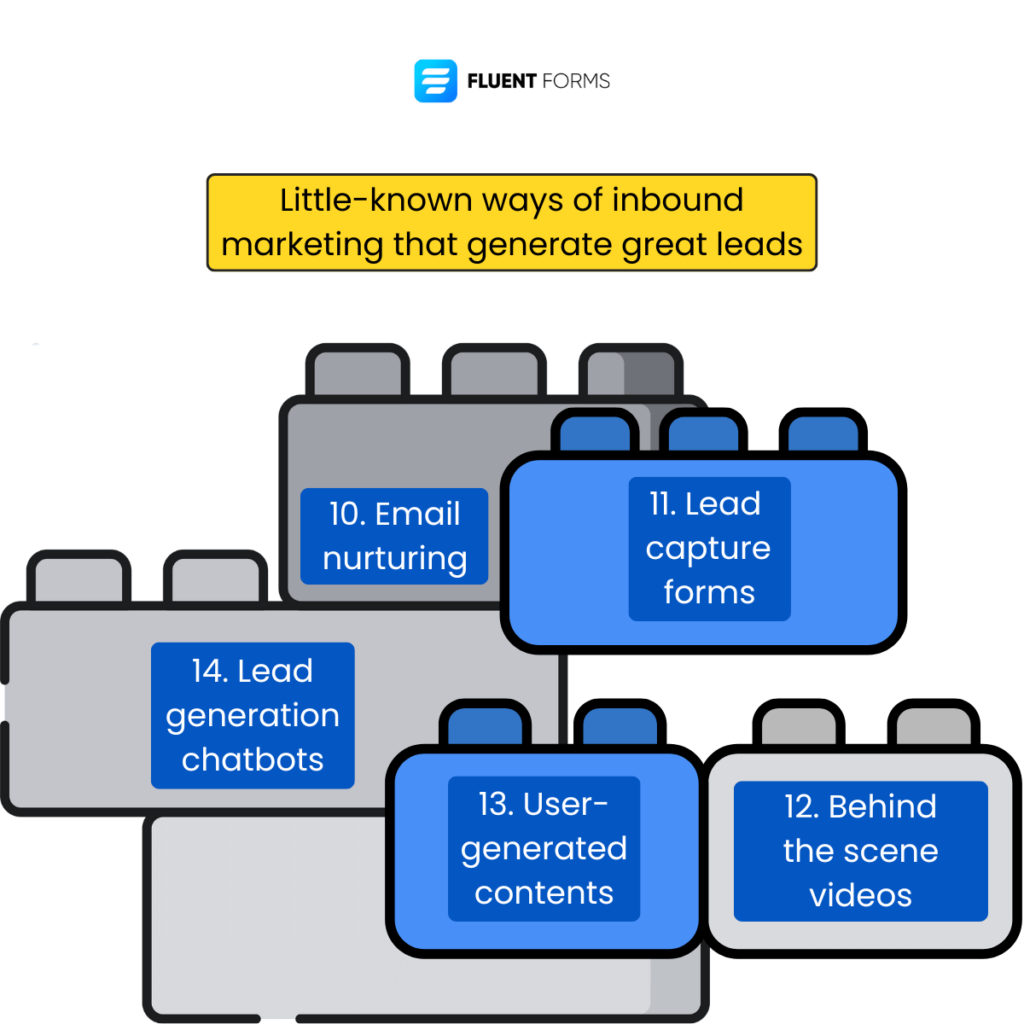
1. Email nurturing
Sending your audience emails and email nurturing is completely different. But how?
Well, email nurturing is sending out emails in a planned way unlike doing it randomly. You guide your audience in a certain direction through email nurturing. You send out emails to your leads at a particular interval, it can be twice a month, ten days apart, etc.
Through the emails, you slowly make them familiar with your products. In the first emails, you can tell them about your basic features, in the later ones, you can tell them about your advanced features. In further emails, you can tell them what sets you apart from other similar products on the market.
You can also send them valuable content and resources in emails. Besides, you can show them what users are saying about your products and services. Address your leads by their names, that makes the emails more targeted and personal. Make sure to use your email signature, brand color, and logo in the emails, so your leads immediately know it’s from you.
2. Lead capture forms
Lead capture forms work like magic when you’re trying to capture leads. Offer your target customers something they find valuable, and are ready to sign up to get that offer. It can be a premium service, exclusive deals, valuable content, tutorials, etc. Ask them to sign up to get it, and whoever does, are your golden leads.
Use Fluent Forms, the fastest WordPress form builder, to create forms for different functions for your site effortlessly. It has tons of features yet the forms turn out clutter-free and easy to navigate. You can create multi-step forms, conversational forms, and even give prompts to chatGPT to autogenerate a form. You can even make them look aesthetically pleasing that your audience will immediately want to fill up.
3. User-generated contents
Your audience trusts your brand more when they see good reviews from other users. You can have a separate page, where your users can comment and post. This way, your audience can read the unfiltered customer reviews about your brand.
The downside of this strategy is, you can’t hide the bad reviews either. However, you can take quick measures by trying to solve the issues raised by your customers. That shows how excellent your customer service program is.
4. Behind the scene videos
Your audience wants to know who you are as a person when they are considering doing business with you. Posting your behind-the-scenes videos and images takes care of that curiosity. It also builds a sense of trust among your clients.
5. Lead generation chatbots
While chatbots are not enough advanced yet, they can respond to your client’s basic queries. This way your audience receives an immediate response from you which carries a good impression for your brand. They can also make personalized recommendations for your clients by combining their requirements and your product features. They also promote your lead magnet, thus increasing your sales. Moreover, using chatbots for lead generation reduces your marketing costs.
What’s next
Inbound lead generation is your best bet if you want to capture leads that convert and stay with your brand in the long run. However, you’ve to offer them value in order to turn them into your valuable customers.
The trick is to understand your customers, their needs, and their pain points. Only then you know how to offer them the best service, and that’s when you become irreplaceable to them. They subscribe to your brand to get updates, grab your products before others, and support you as your loyal customers.
Let us know if you find our inbound lead generation strategies helpful. Tell us your insights, and what strategy you find most helpful to generate qualified leads.


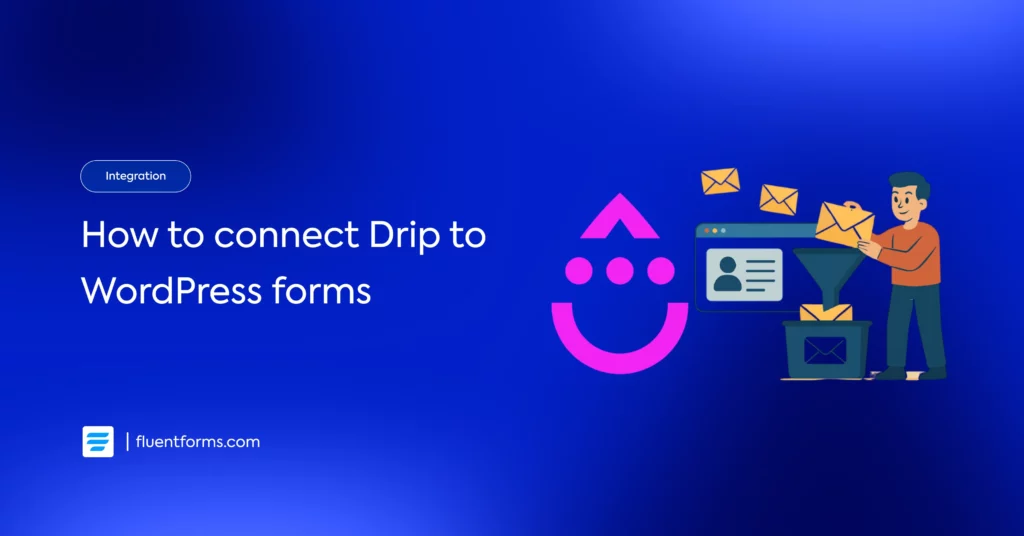
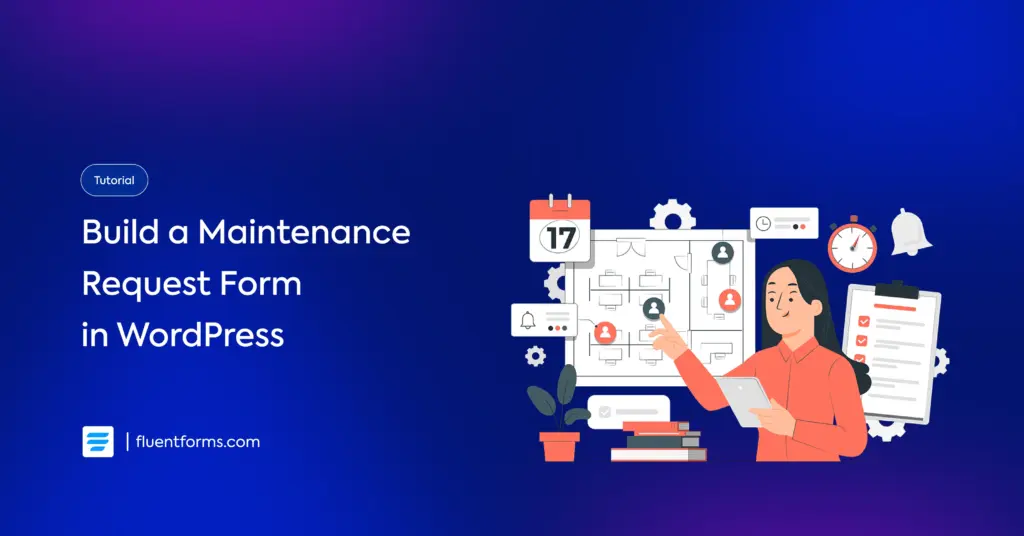




Leave a Reply